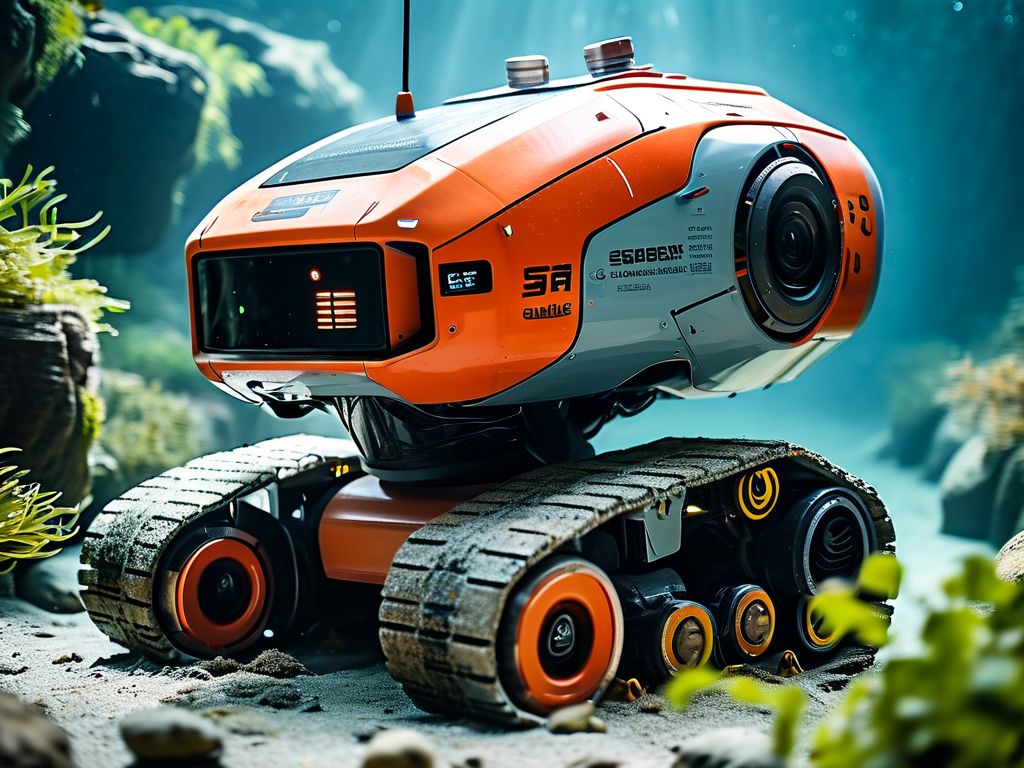The integration of robotic technology into environmental management has revolutionized traditional dredging practices. Dredging robots, equipped with advanced sensors and intelligent navigation systems, demonstrate unparalleled technical advantages in maintaining waterways, lakes, and industrial reservoirs. This article explores how these machines outperform conventional methods while addressing ecological and operational challenges.

Enhanced Operational Efficiency
Unlike manual or mechanical dredging approaches, robotic systems operate with precision and continuity. Modern units utilize real-time data analysis to identify sediment accumulation zones, enabling targeted material removal. For instance, submersible models like the AquaBot S3 can work uninterrupted for 72 hours, processing 30% more sludge daily compared to suction dredgers. This capability significantly reduces project timelines – a critical factor in urban flood prevention projects where seasonal deadlines are strict.
Minimized Environmental Disruption
Traditional dredging often disturbs aquatic ecosystems through excessive sediment resuspension. Robotic alternatives address this through closed-loop filtration mechanisms. The HydroClean X5 model, for example, separates water from sludge during extraction, achieving 95% water purity upon discharge. Additionally, their compact design prevents shoreline erosion – a common side effect of heavy machinery. Environmental agencies in the Netherlands have documented 40% faster biodiversity recovery in robot-dredged canals versus conventional methods.
Adaptive Intelligence in Complex Environments
Equipped with LiDAR and multispectral imaging, these robots navigate submerged obstacles while differentiating between waste materials and natural substrates. During a 2023 Yangtze River cleanup initiative, AI-powered classifiers successfully identified and preserved endangered freshwater mussel colonies that human operators might overlook. Machine learning algorithms further optimize pathfinding, reducing redundant movements by up to 60% compared to remote-operated vehicles.
Cost-Effectiveness Over Time
While initial investments exceed $200,000 per unit, operational savings become apparent within 18-24 months. Solar-hybrid models eliminate fuel costs, and predictive maintenance systems cut downtime by 75%. The Singapore Water Authority reported a 55% reduction in labor expenses after deploying a fleet of 12 dredging robots across their reservoir network.
Safety Advancements
By removing human workers from hazardous submerged environments, robotic systems prevent diving-related accidents. Pressure-resistant titanium casings allow operation at depths exceeding 50 meters – conditions deemed unsafe for manual intervention. Thermal sensors additionally detect underwater methane pockets, automatically triggering evacuation protocols before combustible gas concentrations reach critical levels.
Regulatory Compliance Features
Integrated monitoring systems generate compliance reports for environmental agencies, tracking metrics like turbidity levels and chemical oxygen demand. The RoboDredge Pro series includes automatic shutdown mechanisms when encountering unpermitted materials, ensuring adherence to marine protection laws. This functionality proved crucial during a Mediterranean port expansion project, where accidental coral damage was reduced to zero incidents.
Future Development Trajectory
Emerging technologies promise further enhancements. Researchers at MIT recently demonstrated a swarm coordination algorithm allowing multiple robots to collaboratively map and clean large areas. Meanwhile, bio-inspired designs mimicking manta ray locomotion show potential for gentler sediment interaction. As battery densities improve, operational durations are projected to triple by 2030.
These technological strides position dredging robots as indispensable tools for sustainable water management. Municipalities and industrial operators adopting this technology gain not just operational benefits, but also contribute to global efforts in ecological preservation. With continuous innovation, robotic systems will likely set new standards for environmental engineering in the coming decade.









